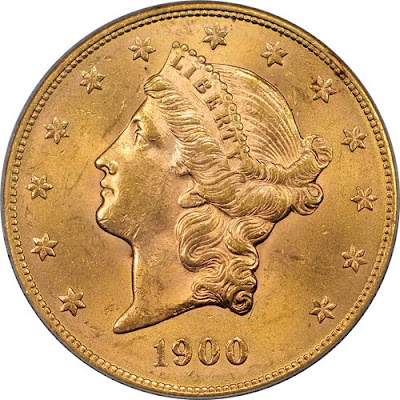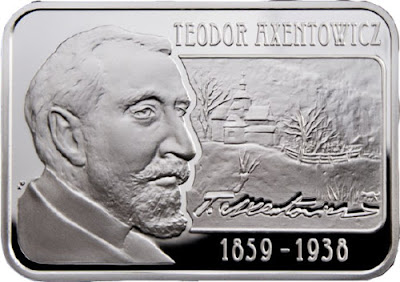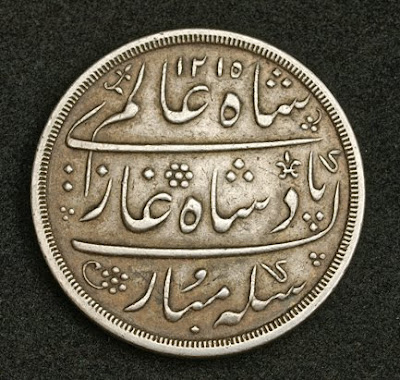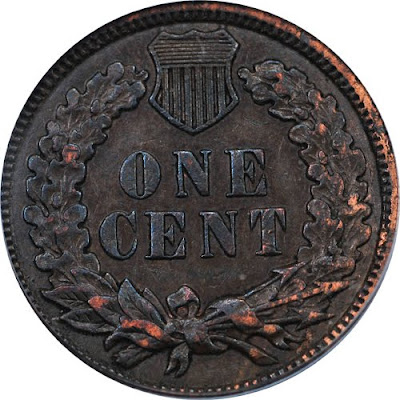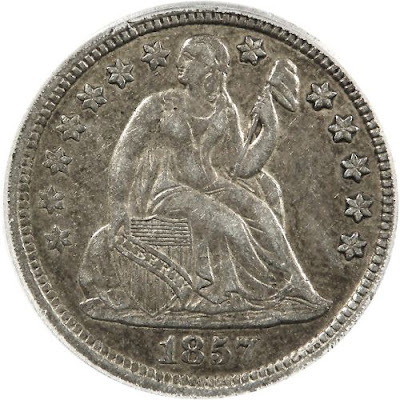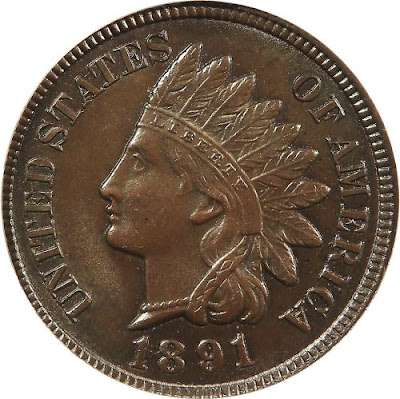 |
| coins coins coins |
 |
| Silver thaler of Leopold I, Emperor of the Holy Roman Empire |
Silver Thaler of Leopold I "the Hogmouth", Holy Roman Emperor minted in 1696.
Obverse: Armoured and laureated narrow bust of Leopold I with long curly hair, wearing order of the Golden Fleece at chest.
Legend: LEOPOLDVS : D [EI] : G [RATIA] : ROM [ANORVM] : I [MPERATOR] : SE [MPER] : A [VGVSTVS] G [ERMANIAE] : H [VNGARIAE] : B [OHEMIAE] : REX :
English: "Leopold, by the Grace of God, Emperor of the Romans, always Augustus, of Germany, Hungary, and Bohemia, King."
Comment: Engraver´s initials (IAK) at below arm truncation!
Due to an extreme interbreeding among his progenitors, the hereditary Habsburg jaw was most prominent in Leopold. Because his jaw was depicted unusually large on a 1670 silver coin, Leopold was nicknamed "the Hogmouth". However, most collectors do not believe the coin was an accurate depiction.
Reverse: Crowned shield with small centered shield of Tyrol, within round Order of the Golden Fleece collar.
Legend: ARCHID[VX]:AVST[RIAE]:DVX:BV[RGVNDIAE]:COM[ES]: TYR[OLIS]:16 96.
English: "Archduke of Austria, Duke of Burgundy, Count of Tyrol, 1696."
Mint Place: Hall (Tyrol)
Mint Master: Johann Anton Koenig (IAK)
Weight: 28,33 gram of Silver
Diameter: 41 mm


